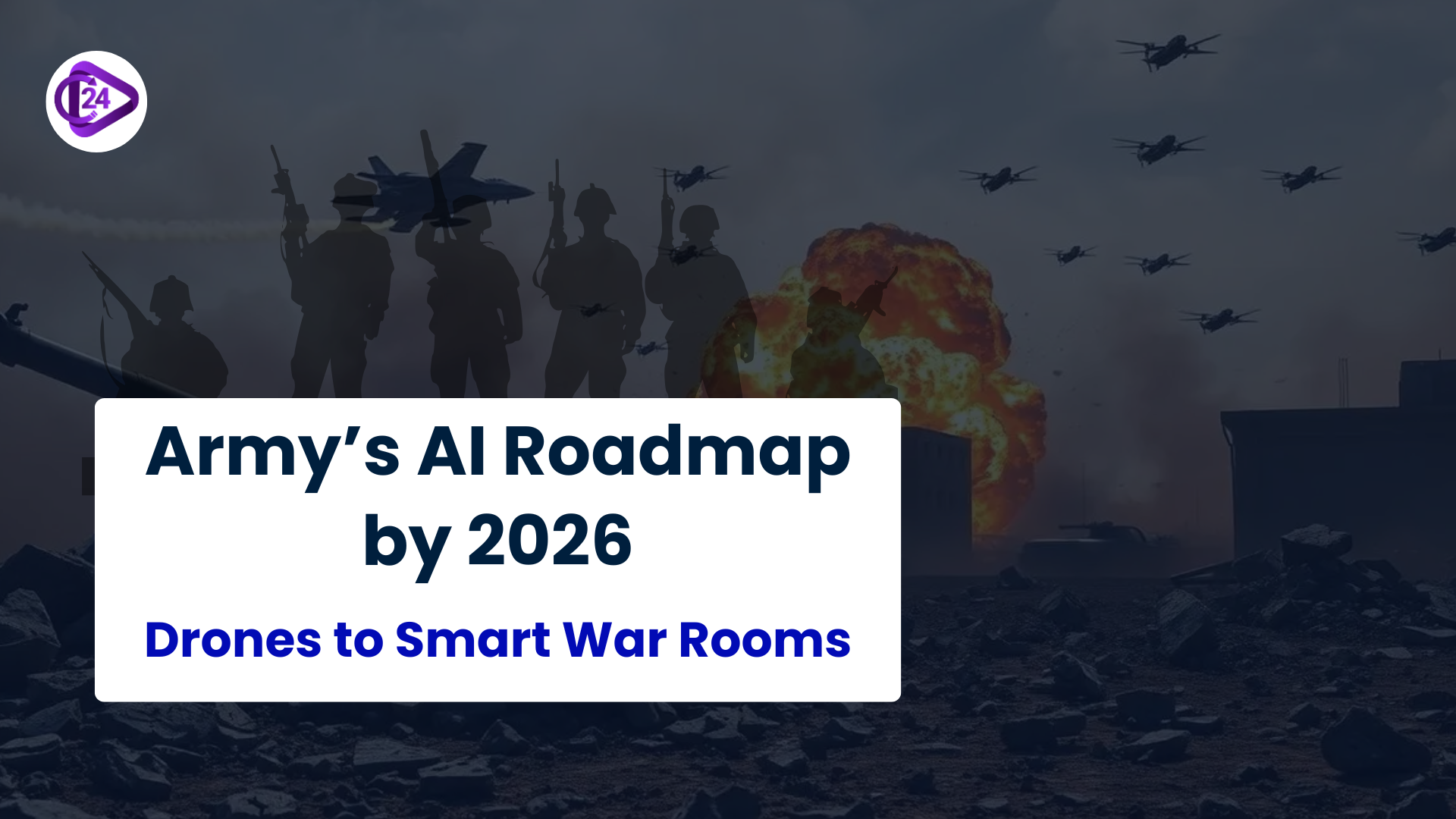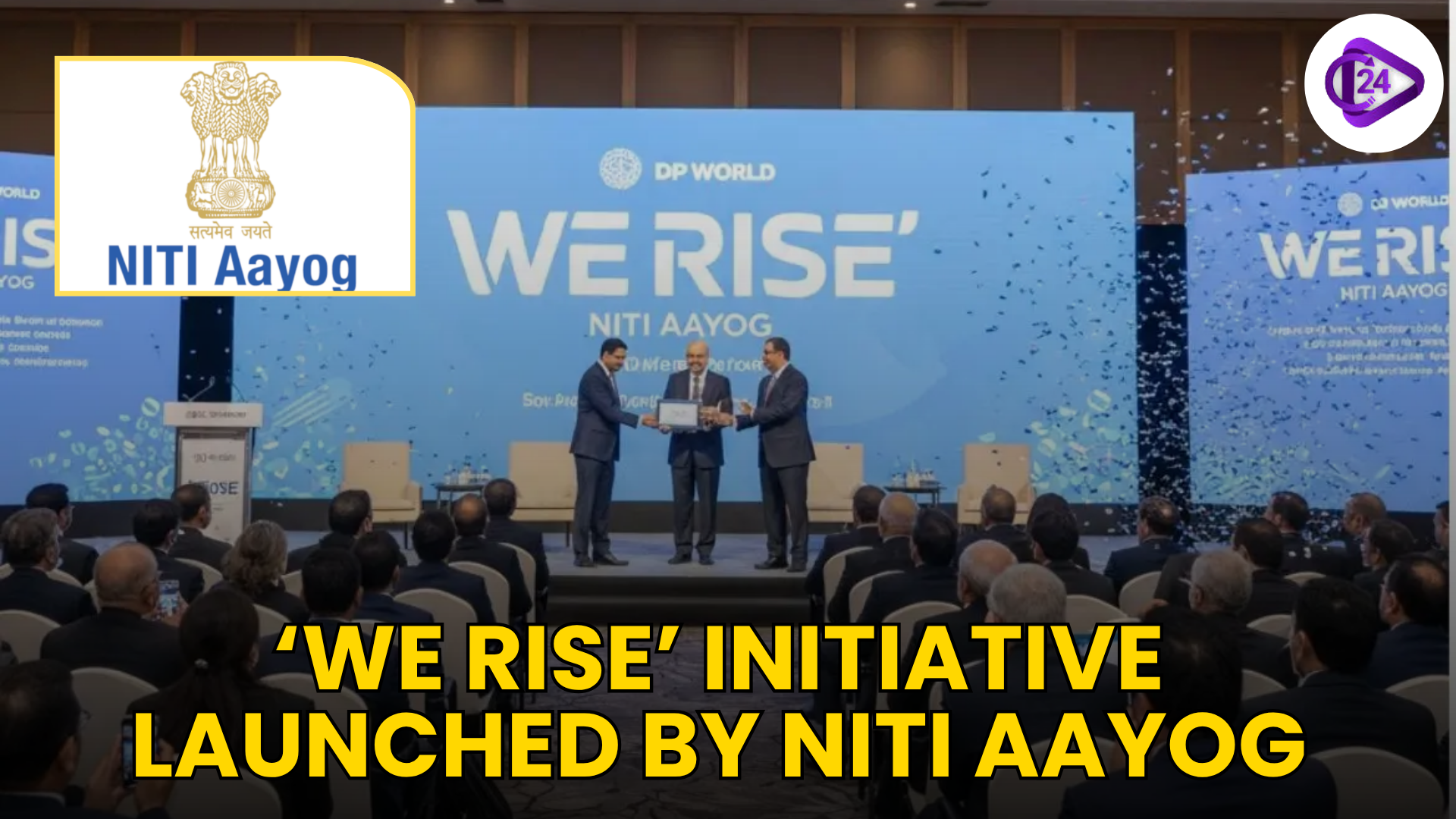
To incorporate Artificial Intelligence (AI), Machine Learning (ML), and Big Data Analytics in its activity, the Indian Army has developed a roadmap that should be fulfilled by 2026-27. Implementation will be under the office of a special AI Task Force reportable to the Directorate General of Information Systems (DGIS). Notable uses are drone swarming, real-time battlefield surveillance, LLM-based summarisation systems and sensor data fusion. Following Operation Sindoor, a cyber-intelligence operation of the Army against terror infrastructure in the Pakistan-occupied Kashmir, the roadmap was expedited. The AI drive will be used to change decision-making, surveillance, and threat analysis in line with the preparation of modern warfare.
Context:
-
AI is something that was investigated by the Indian Army, so Operation Sindoor made it clear that such technologies require accelerated adoption.
-
A recent Army-led cyber-intelligence operation in Pakistan-occupied Kashmir, Operation Sindoor was against terror infrastructure.
AI in Army Operations – Key Areas of Deployment:
|
Domain |
AI-based Application |
|
Surveillance & Reconnaissance |
Drone swarming, sensor fusion, satellite and ground data analysis |
|
Information Warfare |
AI tools to summarise large data (LLMs), generate battlefield awareness |
|
Decision-Making |
Real-time data processing from multiple sources for faster, accurate decisions |
|
Command Centres |
Smarter, AI-assisted war rooms with predictive threat modelling |
|
Operational Coordination |
Seamless info sharing, simulation, and mission planning using AI models |
Focus Tools & Technologies:
-
Large Language Models (LLMs): In order to summarise and streamline military intelligence in minimal time.
-
Chatbots and pattern detectors: Chatbots that are powered by AI and are used in the field of early warnings.
-
In real time, sensor fusion: To combine drone-based, satellite, aircraft and ground sensor feeds.
-
Slimming threat prediction based on past and real time data feeds.
Institutional Mechanism:
-
Directorate General of Information Systems (DGIS): this is an existing entity that will also have an AI Task Force created
-
External Experts and representatives of Army Directorates will be involved.
-
Training, technology integration, strengthening of capacity and R&D partnerships will also come under the task force.
Implications:
-
The strategy is a milestone towards the preparation of next-gen warfare.
-
Boosts the cyber capabilities, situational awareness and border security of India.
-
Provides quicker, independent operation in the high-stakes counter-terrorist and border forces.
-
Enhances civil-military Artificial Intelligence partnership in national defence.
Conclusion
The faster AI implementation timeline of the Indian Army marks a huge step into digitised systems of defence hunting, where the latest technology, including LLMs, unmanned aerial vehicles, and sensor fusion are being included to provide a new meaning to modern combat.
Under the protection of an institution and practical stimuli such as Operation Sindoor, technology has become the force multiplier in the national security of India.



 PM Modi to Inaugurate India’s First Digital Tribal Freedom Fighters Museum in Naya Raipur
PM Modi to Inaugurate India’s First Digital Tribal Freedom Fighters Museum in Naya Raipur President Appoints Justice Surya Kant as the 53rd Chief Justice of India
President Appoints Justice Surya Kant as the 53rd Chief Justice of India 150th Birth Anniversary of Sardar Vallabhbhai Patel: India Celebrates National Unity Day 2025
150th Birth Anniversary of Sardar Vallabhbhai Patel: India Celebrates National Unity Day 2025 Ministry of Coal Launches Koyla Shakti Smart Analytics Dashboard
Ministry of Coal Launches Koyla Shakti Smart Analytics Dashboard Droupadi Murmu Becomes First Indian President to Fly in Rafale
Droupadi Murmu Becomes First Indian President to Fly in Rafale Rajasthan Bans Employment of Children Below 14 in Shops and Commercial Establishments
Rajasthan Bans Employment of Children Below 14 in Shops and Commercial Establishments India's First Glass Suspension Bridge, Bajrang Setu, Will Redefine Rishikesh Tourism by 2025
India's First Glass Suspension Bridge, Bajrang Setu, Will Redefine Rishikesh Tourism by 2025 NITI Aayog’s ‘We Rise’ Empowers Women Entrepreneurs
NITI Aayog’s ‘We Rise’ Empowers Women Entrepreneurs Harsh Sanghavi Appointed Gujarat Deputy Chief Minister in Major Cabinet Reshuffle
Harsh Sanghavi Appointed Gujarat Deputy Chief Minister in Major Cabinet Reshuffle India Ranks 102nd in Global Hunger Index 2025: Hunger Remains a Serious Challenge
India Ranks 102nd in Global Hunger Index 2025: Hunger Remains a Serious Challenge






